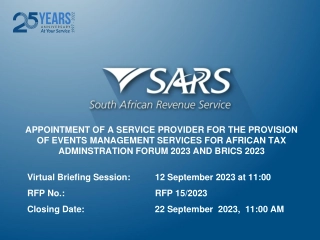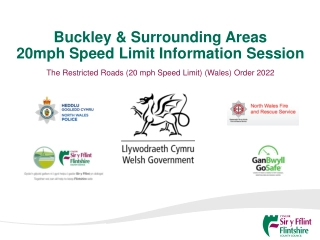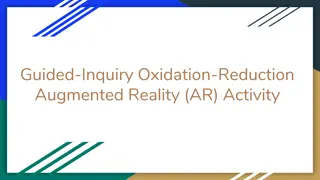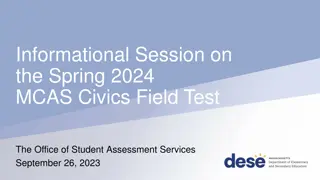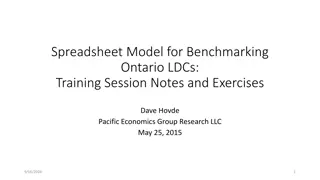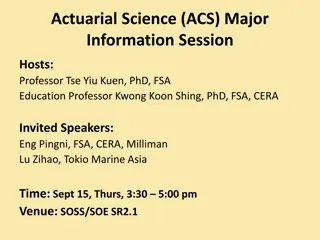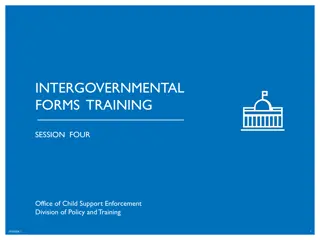
Understanding Centralized Administration in Public Administration
Explore the concept of centralized administration in public administration, including definitions, advantages, and disadvantages. Learn how the concentration of authority impacts policy-making and execution, with a focus on the transfer of administrative authority from lower to higher government levels.
Download Presentation

Please find below an Image/Link to download the presentation.
The content on the website is provided AS IS for your information and personal use only. It may not be sold, licensed, or shared on other websites without obtaining consent from the author. If you encounter any issues during the download, it is possible that the publisher has removed the file from their server.
You are allowed to download the files provided on this website for personal or commercial use, subject to the condition that they are used lawfully. All files are the property of their respective owners.
The content on the website is provided AS IS for your information and personal use only. It may not be sold, licensed, or shared on other websites without obtaining consent from the author.
E N D
Presentation Transcript
POLI 213 INTRODUCTION TO PUBLIC ADMINISTRATION Centralized Administration Lecturer: Dr. Emmanuel Debrah, Contact Information: edebrah@ug.edu.gh College of Education School of Continuing and Distance Education 2014/2015 2016/2017
Session seven CENTRALIZED ADMINISTRATION Slide 2
Session Overview Structure is an important aspect of every administrative system. Many administrative systems in the past have been centralized because it was thought that it aided governments to achieve policy making and execution. This session, therefore, explains how the concentration of power at a single location enhances or undermines administration. Slide 3
Session outline Salient topics for discussion are as follows: Topic one: What is Centralization Topic two: Advantages of centralization Topic three: Disadvantages of centralization Slide 4
What is centralization? Topic one College of Education School of Continuing and Distance Education 2014/2015 2016/2017
definitions of Centralization Centralization is the process of transfer of administrative authority from a lower to higher level of government. It refers to the concentration of authority and decision-making power at the top of the administrative pyramid. lower level structures operate as implementing agencies of decisions duly fashioned by the top. Slide 6
Definition of Centralization? Power is located at a single centre so that all sub- organs and structures are regarded as subservient to the upper structure or authority. Decision-making powers, initiative, production and distribution of goods and services are located at a single point. Slide 7
Advantages of Centralization Topic two College of Education School of Continuing and Distance Education 2014/2015 2016/2017
Advantages of Centralization It enhances the exercise of control over the entire organization. It encourages uniform policies, methods and procedures of administration. The system lowers the cost of doing government business. It facilitates quick and efficient decision making and implementation. Slide 9
Disadvantages of centralization Topic three College of Education School of Continuing and Distance Education 2014/2015 2016/2017
Disadvantages of Centralization Centralization results in the congestion of business or activities at the top. It encourages the development and growth of autocracy and dictatorship in administration. It denies grassroots the opportunity to participate in decision making process. It can potentially promote corruption. It does not encourage field administrators initiative. Slide 11
Sample Question Identify one state organization and examine its structure. Do you find that activities and decision making in the organization flow from one location? Slide 12
Reference Paulinaidu, S. (2004). Public Administration, Galgotia Publications: New Delhi. Slide 13


